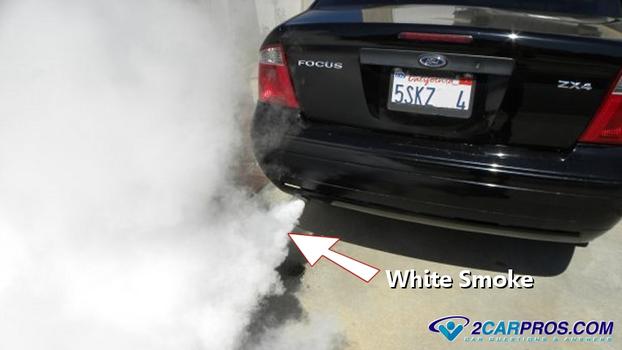Hi guys, my freelander has been running a bit bad last week. It passed the MOT on the 15th with no problems at all but two days later i started noticing excessive smoke out the exhaust along with lots of water being thrown out. The exhaust soaked the floor underneath in a good 2-3foot square area and the white smoke was when the engine got hot and especially so if the revs were increased. I figured its burning coolant as the level is changing so figured seeing as my head gasket went six months ago and they said it might not last i'd get a head gasket kit and replace it. So i've taken the inlet manifold off and the seal looks pretty bad. Trapped in a few places and split in two, although i don't know if this was pre or post removal.
Took the cam cover off expecting mayo everywhere and it's gleaming with oil and spotless inside. Not a sign of mayo anywhere.
Could it be as simple as replacing the inlet manifold gasket and rebleeding the coolant? Just wanting to double check it'd be safe to try thaqt first and if it doesn't sort the problem, do the head gasket later in the week....
Thanks in advance
Took the cam cover off expecting mayo everywhere and it's gleaming with oil and spotless inside. Not a sign of mayo anywhere.
Could it be as simple as replacing the inlet manifold gasket and rebleeding the coolant? Just wanting to double check it'd be safe to try thaqt first and if it doesn't sort the problem, do the head gasket later in the week....
Thanks in advance


